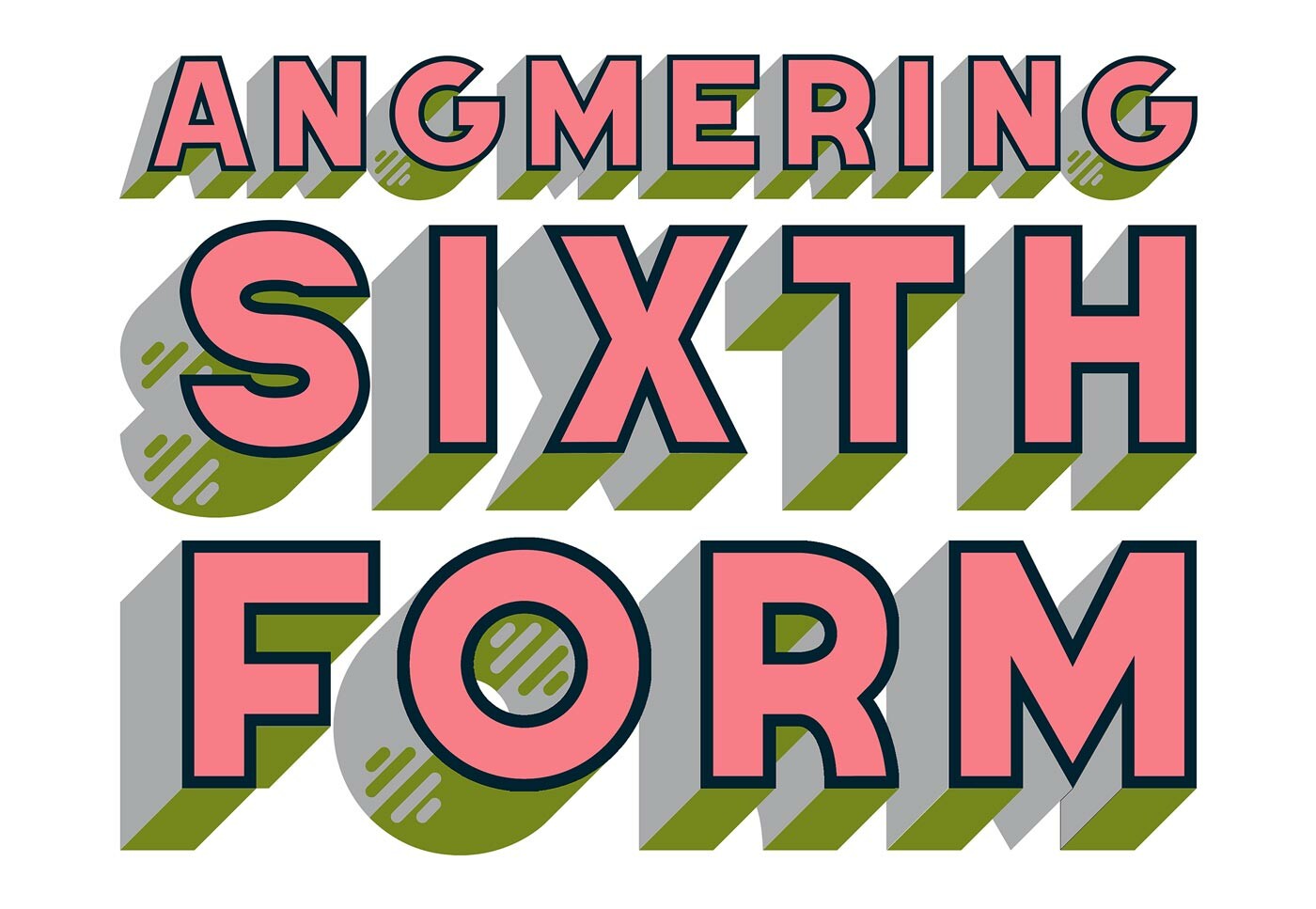Art A-Level (AQA)
Course Overview
A-level Art is a broad and exciting course of study that will set you up for onward study along any avenue of creativity you choose next.
The Art department is located on the top floor of a new building right next to the main Sixth Form Centre. We have excellent facilities specially designed for our light and spacious art and photography studios.
Most students are entered for the 'Fine Art' A-level title, however as your talents emerge, you may wish to be entered for a broader 'Art, Craft and Design' or ‘Textiles’ title. Your teachers will guide you through this process at the start of Year 13.
The A-level course is structured as follows:
Year 12 Between September and December we introduce you to a wide range of media, techniques and themes. These are delivered in a ‘foundation course’ style approach to quickly get you up to speed, thinking and working at A-level standard. In the Spring and Summer terms you will develop your first personal project supported along the way by your teachers. Due to the small class sizes at A-level you will find that you can really develop the skills and interests that are relevant to you. For example, you may be interested in drawing and looking to study Architecture at University. In the same class, you could find a Textile specialist, Painter, Printmaker and Digital artist. This provides the perfect working environment for you to be experimental and learn from each other whilst allowing you to hone your skills for your onward journey.
Year 13 During the Autumn and Spring terms you will produce a portfolio project which is worth 60% of your total mark. This is called Component 1. Building on what you learned about your own strengths and interests in Year 12, your teachers will support you in developing a rich body of work that you will present and show in a digital portfolio to prospective universities and employers in the creative industries. During the Summer term you will complete Component 2, an externally set assignment which involves a preparatory period where you develop your ideas and research your chosen theme, then you will have allocated supervised time in the Art department of 15 hours in which to produce outcomes related to your project. Component 2 is worth 40% of your total mark for A-level.
There are a number of opportunities to visit exhibitions at galleries and museums locally and nationally. Life drawing classes run in the Spring term for interested students. We often have projects that Sixth Form artists get involved in, such as community events and the ‘positive messages’ designed by our Technician (also a professional signwriter), that adorn our hallways.
Next steps can include joining a one-year foundation course at a local college, or moving straight onto a more specialised degree course such as Fine Art, Fashion/Textiles/Costume Design, Illustration, Games Design, 3D Design, Jewellery Design, Graphic Communication, Interior Design, Architecture, Theatre Studies and Museum Studies.
The UK Creative Industries offer a wealth of interesting career opportunities for students who study Art at A-level.
This qualification is also valuable for primary teaching and for therapeutic roles in healthcare such as art therapy and occupational therapy.
You should be on track to achieve a minimum of 5 GCSEs at grades 4 - 9, including an Art-related subject at grade 4 or above.

